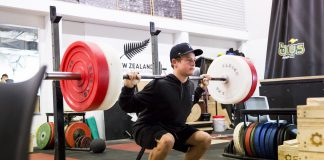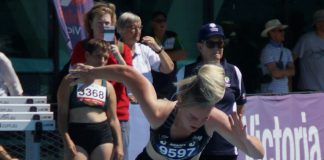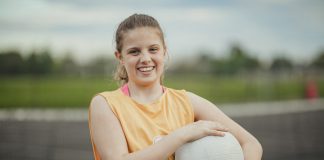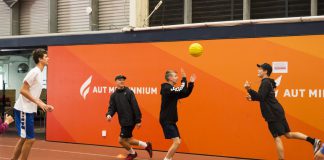The anterior cruciate ligament tracks deep within our knee joint. It attaches to a notch on the bottom of the femur and runs to the anterior aspect of the tibial plateau.
Its main purpose is stability.
Sadly, the ACL has failed to do its job for more than 200 New Zealand youth netballers, not to mention numerous athletes from other sports.
It’s a debilitating injury.
For many sufferers, despite eventual return to full fitness, their mental game never quite recovers.
Evasion games are the worst.
ACL rupture most commonly occurs during jumping, landing and cutting maneuvers.
You see it when a player comes into contact with another in the air, altering their intended movement.
You also see it with no contact at all.
Uncoordinated movement increases the risk of getting injured.
For instance, research in football shows that 92% of ruptures occur when a player lands without an adequate bend at their knees.
Risk also goes up (a lot) if you’re a girl.
Coordinated and coactivated muscle action increases stabilisation. At the knee, this means the quadriceps and hamstrings need to work in harmony.
But for many young female athletes, the quadriceps dominate, overpowering the hamstrings and pulling the ACL in a direction it wasn’t designed to go.
The pursuit of prevention.
Strong, coordinated athletes get injured less. So, now that youth sport is more competitive and physically demanding than ever before, becoming strong should be a priority.





































